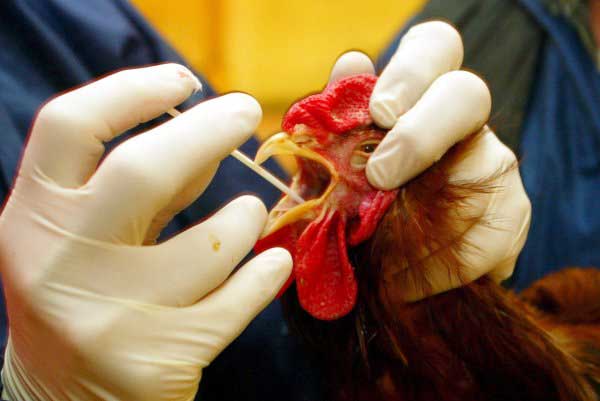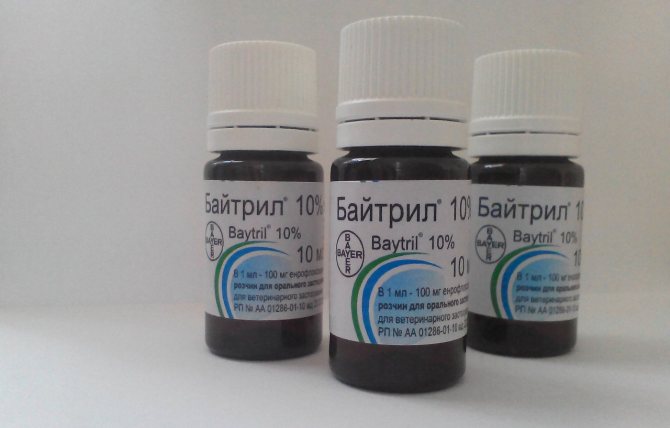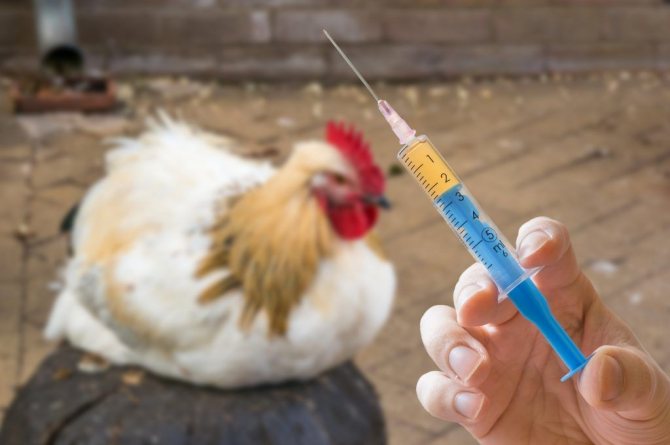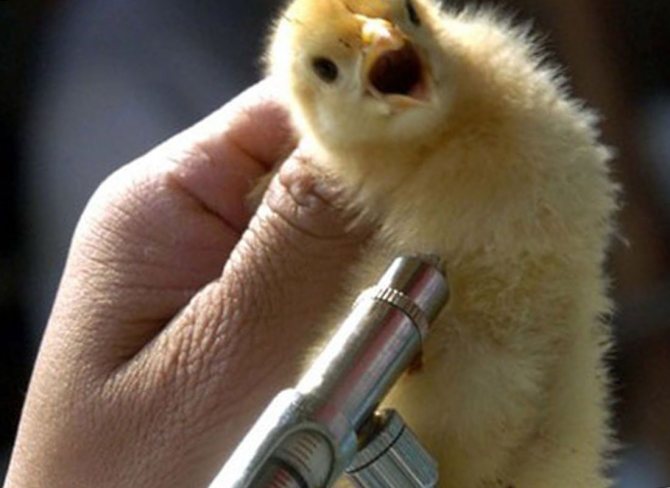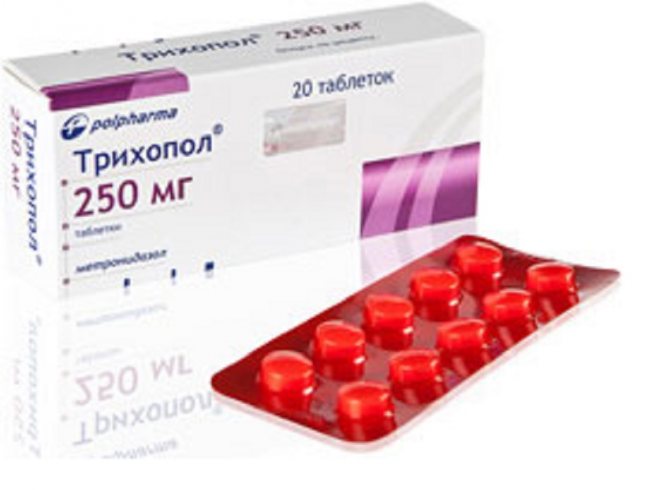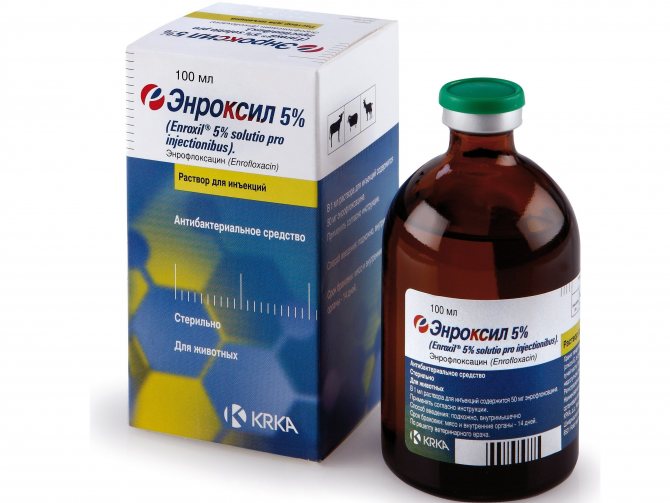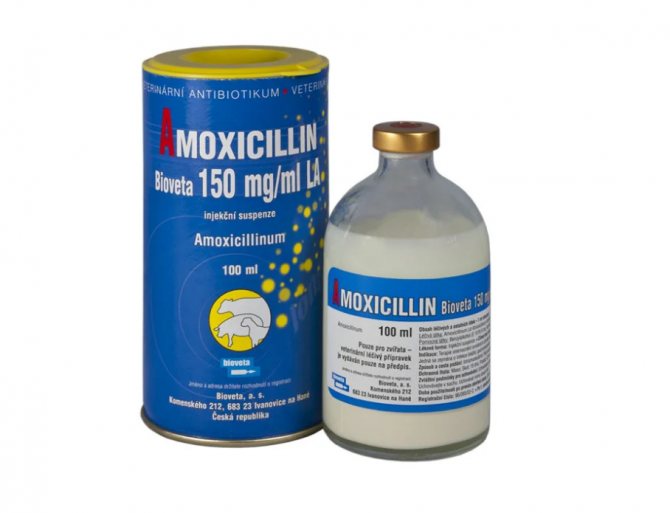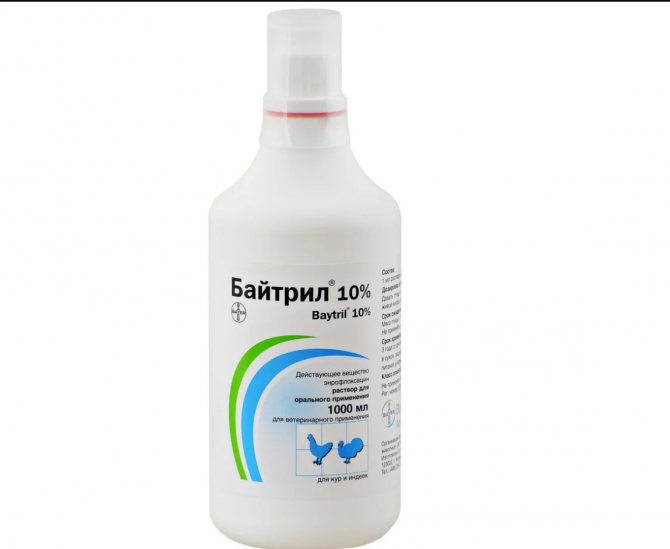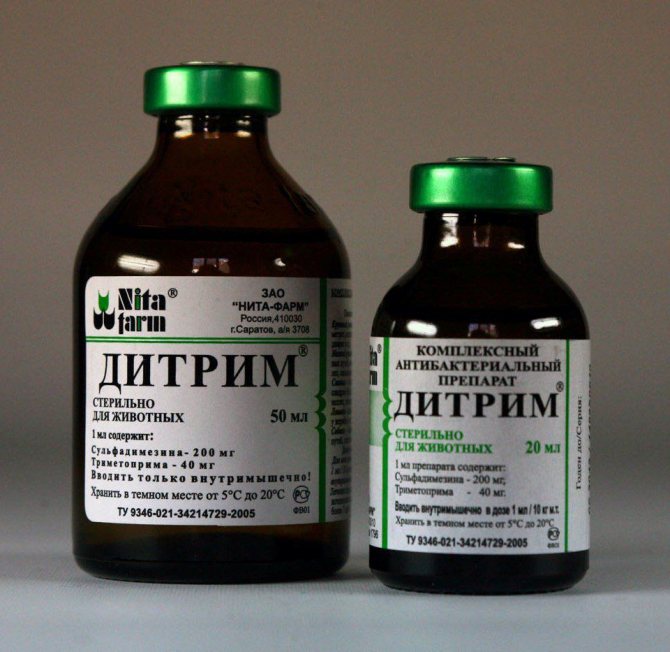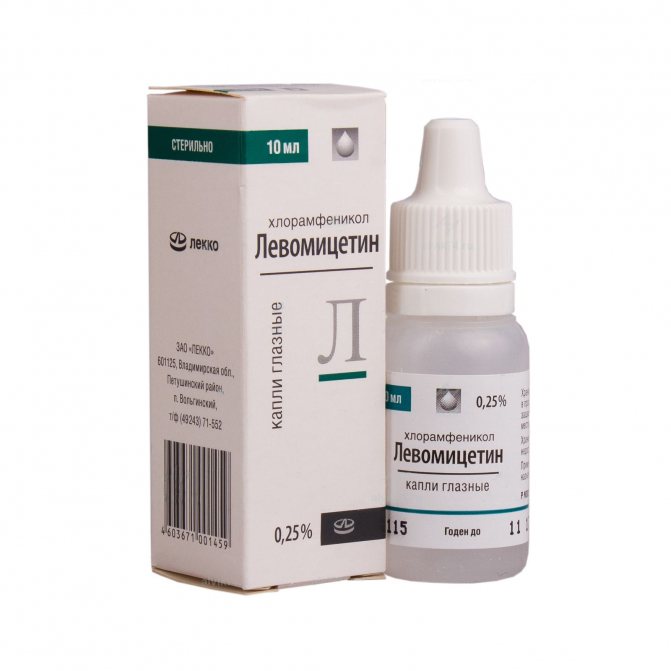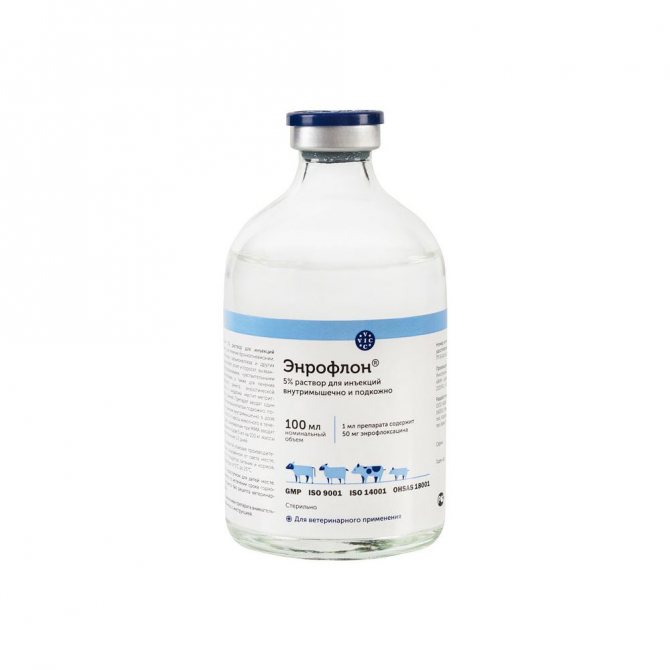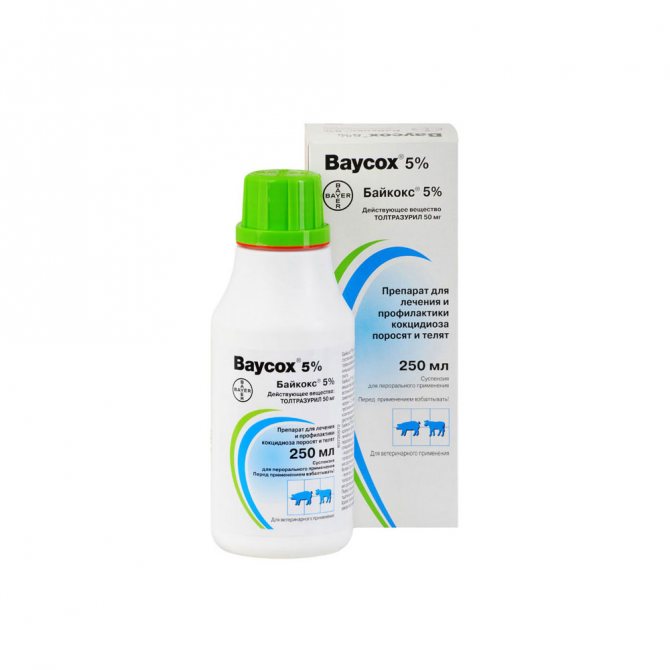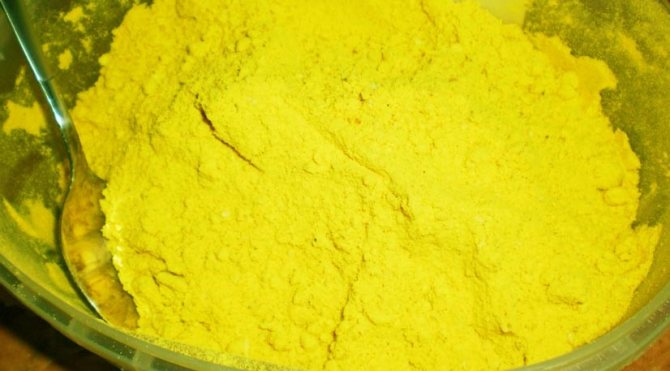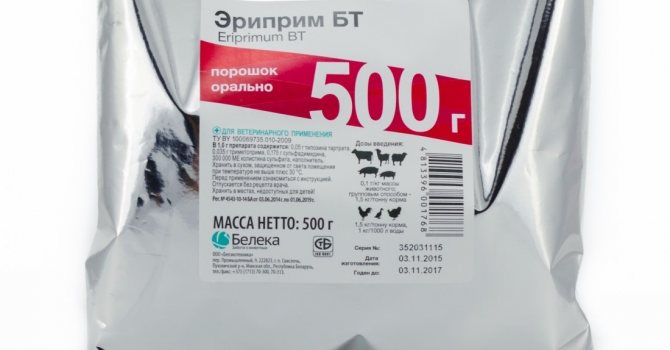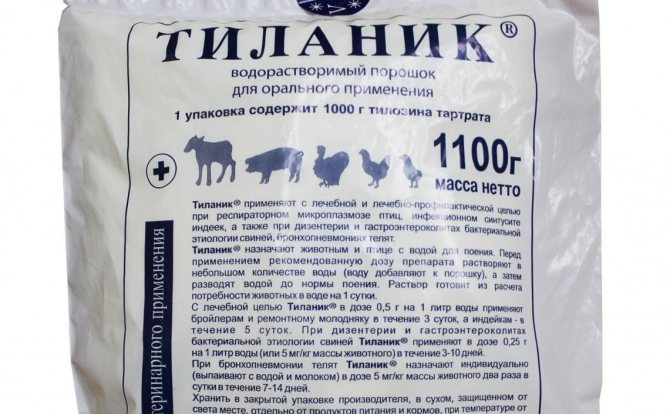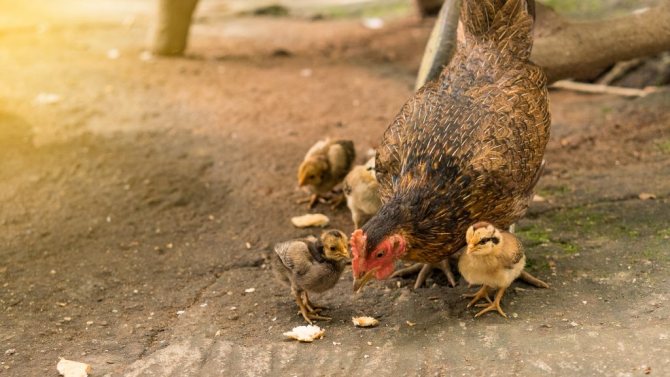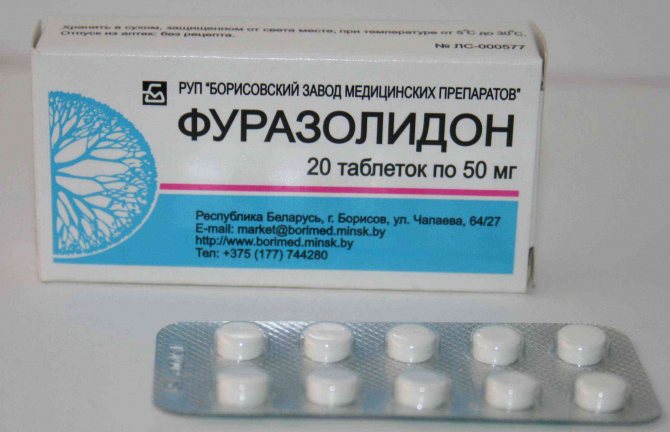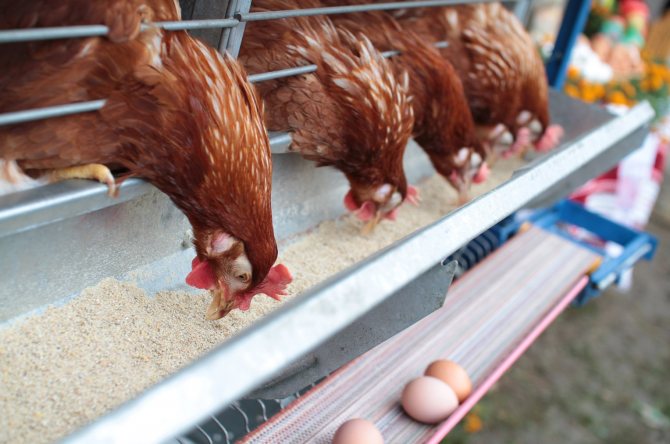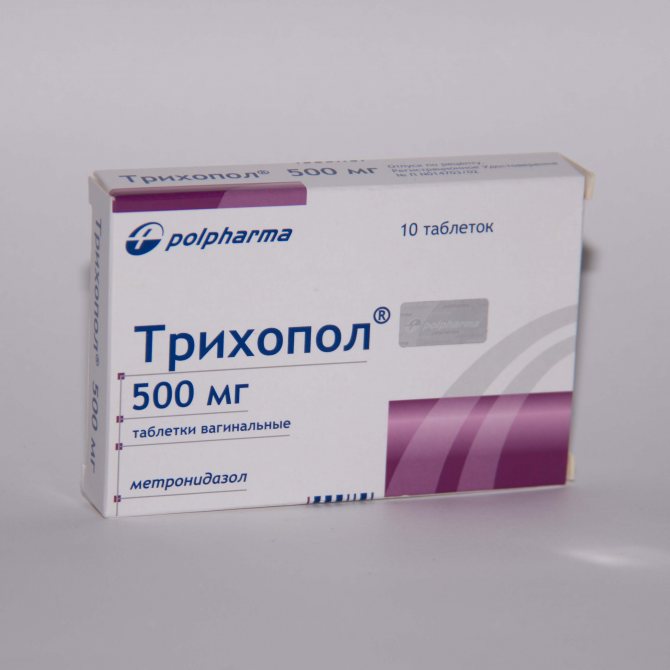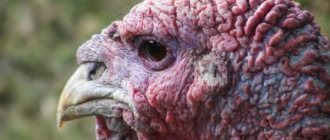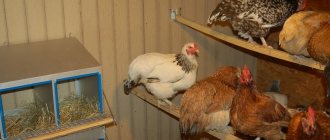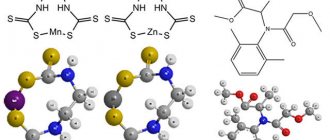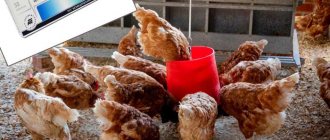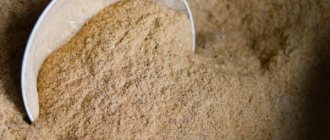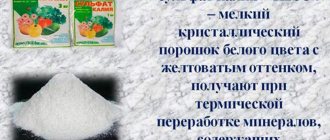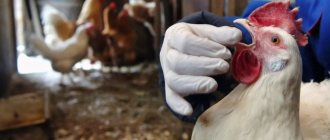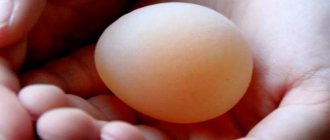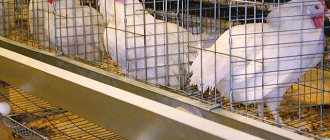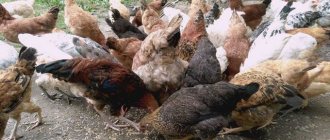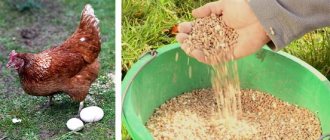Bacterial infections in both animals and birds (laying hens) are almost impossible to cure without the use of special agents - antibiotics. Medicines of this group effectively suppress the vital activity of a wide variety of bacteria and destroy pathogenic microflora. Antibiotics are especially important when raising chickens, since young birds are very sensitive to pathogenic microflora.
However, antibiotic treatment has another side. The drugs accumulate in the body of the bird and get into the eggs. At the same time, meat and eggs taste bitter, and, most importantly, they contain a sufficiently high dose of antibiotic. If possible, antibacterial drugs are replaced with sulfa drugs, since the latter are much less toxic.
Can chickens be treated with antibiotics?
Antibiotics can and should be given to chickens, since they help to raise a sick bird to its feet and at the same time stop the epidemic. In addition, such drugs increase the productivity of chickens, since their active substance inhibits pathogenic microflora.
However, for humans, the consumption of meat and eggs of such birds poses a serious danger, since the antibiotic tends to accumulate in the body, especially if it is given to birds for a long time and in excessive doses. With proper use, it is gradually excreted from the body over time, so a person can eat poultry meat and eggs. To do this, you should take into account a number of recommendations:
- when a bird undergoes a full course of treatment, its meat and eggs can be eaten 3-4 weeks after its completion;
- for prophylactic purposes, small doses of antibiotics are used, therefore, after the end of therapy, eggs can be consumed after 3 days, and meat - after 10-14 days.
However, it should be understood that if small doses of drugs are given to birds, then they develop resistant races of microorganisms, that is, resistant to certain chemicals. In this regard, it is impossible to thoughtlessly feed the chicken population with medicines. In addition, it must be borne in mind that their intake negatively affects the quality of the eggs, since they begin to taste bitter.
conclusions
- Antibiotics are an indispensable component of treatment for bacterial and some viral infections. Otherwise, the birds will begin to wheeze and simply die.
- Antibacterial drugs are also used for prophylaxis, especially when raising chickens, and as the main medicine.
- Medicines tend to accumulate in the chicken body. It is forbidden to eat eggs and chicken meat after antibiotic treatment for 5 and 14-21 days, respectively.
- Preference is given to broad-spectrum antibacterial drugs. In some cases, complex medications are prescribed or the simultaneous administration of an antibiotic and an anti-inflammatory one.
- Certain types of antibiotics, as well as vitamins, can be used as a growth stimulant for broiler chickens and young layers.
Vitamins for laying hens can be found in this article.
What antibiotics should I put in the medicine cabinet?
Every poultry farmer should always have drugs on hand that he can use as first aid if necessary.If we talk about antibiotics, then in the first-aid kit there should be medicines of a wide spectrum of action. We will consider them further.
Baytril
The active ingredient is enrofloxacin. It works quickly and is well absorbed by the body. The drug is suitable for the treatment of:
- salmonellosis;
- colibacillosis;
- enteritis;
- hepatitis A.
Baytril is a powerful antibiotic that inhibits bacterial growth.
It is produced in the form of an intramuscular solution, which is administered by injection. The drug also comes in the form of an oral solution, therefore it is added to water or feed.
For preventive purposes, 1 ml of the substance is dissolved in 2 liters of water. It is given to 2-4-day-old chickens, and on the 5-9th day, a vitamin complex is necessarily introduced.
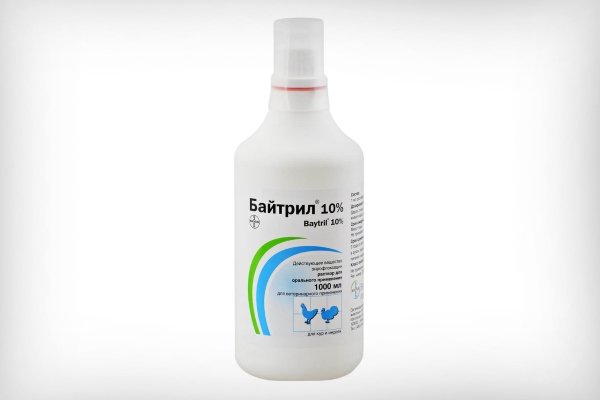
A number of medications cannot be used simultaneously with the antibiotic, which include:
- macrolides;
- Levomycetin;
- Theophylline;
- Tetracycline, etc.
Enroflon
Unlike the previous drug, it is easier to use because it comes in the form of a concentrated solution. It is bred in water, and then fed to the livestock. He will help heal the same diseases as Baytril.
For prophylactic purposes, Enroflon is used from the first year of a chicken's life. A 5% solution is added to water at the rate of 2.5 mg per 1 kg of weight.
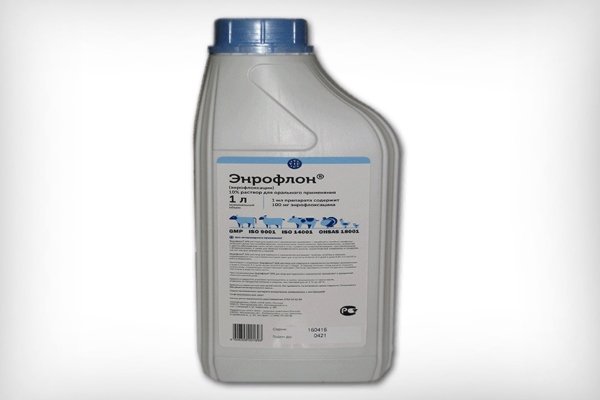

Enroxil
The active ingredient of the drug is also enrofloxacin. Available in the form of an oral solution. More often it is prescribed for infectious diseases, which are:
- salmonellosis;
- coligranulomatosis;
- infectious sinusitis;
- bronchitis;
- hemophilia;
- pasteurellosis.
With prophylactic intake, birds up to 4 weeks of age are given a solution at the rate of 5 ml per 10 liters of water. The course of admission lasts 3 days. In case of serious infections, the dose of the drug is increased to 3 ml per 5 liters of water, and the course is extended to 5-6 days.
Enroxil is often given to broilers to prevent serious infectious diseases that often affect them due to the fact that a lack of acidity leads to a weakening of their digestive system and the development of a lack of beneficial enzymes. For preventive purposes, a 5% solution is given to chickens at the rate of 1 ml per 1 liter of water. The course of admission lasts 3 days.
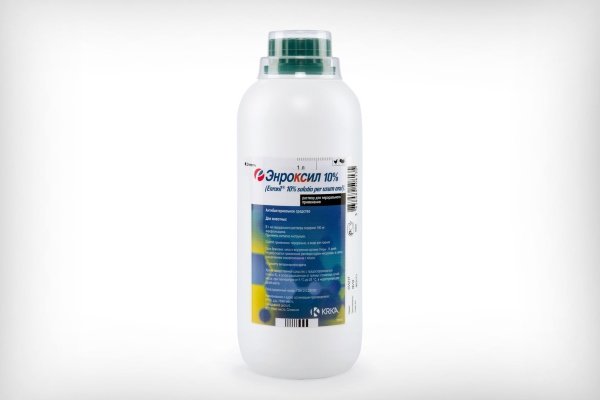

Levomycetin
One of the most effective remedies that fights both intestinal diseases and diseases of the respiratory system. Available in the form of a powder or tablets with a bitter taste, it dissolves well in water.
As a rule, the drug is added to dry food, since the bird can refuse bitter water. The antibiotic is given 3 times a day at the rate of 30 g per 1 kg of live weight.
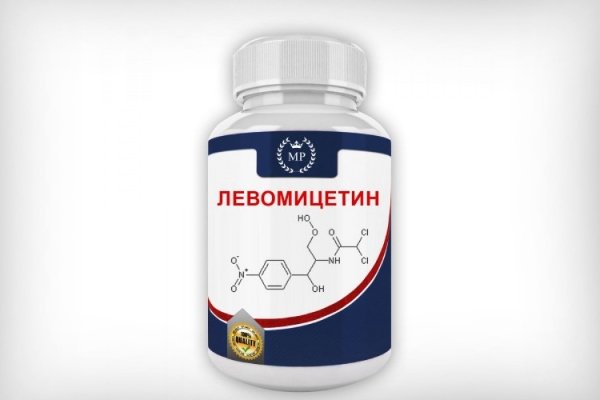

In case of individual intolerance, the bird has a digestive disorder and allergies.
Amoxicillin
For the treatment of diseases affecting the gastrointestinal tract, urinary or respiratory system, veterinarians usually prescribe Amoxicillin, which is a semi-synthetic antibiotic of the penicillin series. Has a bactericidal effect against gram-positive and gram-negative microorganisms.
The drug is available in the form of a white or light yellow powder, 1 g of which accounts for 0.1 g of amoxicillin trihydrate and 0.9 g of glucose.
In the first decade of life, amoxicillin is given to a bird at the rate of 100 g per 400 l of water, and in the future - 100 g per 200 l of water. The course of admission is 3-5 days. The drug is well absorbed from the digestive system, rapidly spreading to all organs and tissues.
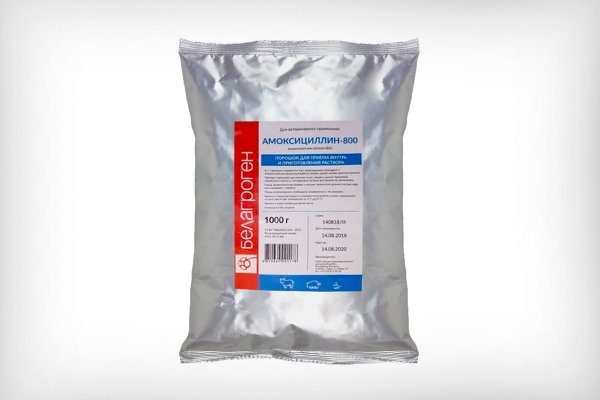

Baycox
An antiparasitic remedy that has an anti-coccidial effect and instant action. It is produced in the form of a colorless, odorless suspension for oral administration.
The dose of the drug for adult chickens is 7 mg per 1 kg of body weight. The suspension is diluted in 1 liter of water and the birds are fed for two days. The solution can be used within 48 hours. If a precipitate forms, stir it well before use.
The antibiotic is given to young animals from 2 weeks of age, diluting 1 ml of the drug in 1 liter of water. They are drunk for 2 days.


The analogues of Baykoks are Koktsidiovit and Solikoks.
Prophylaxis
Many bird diseases are caused by improper housing and feeding. To reduce the risk of the spread of infection, it is important to identify and transplant a sick individual in a timely manner. Prevention consists in the choice of quality feed, periodic use of vitamins.
It is useful to add to feed:
- baker's tremors in any form;
- coniferous flour;
- herbs;
- chopped onions, garlic (in winter).
Chickens often peck at each other. An individual that is attacked is temporarily isolated in the presence of wounds. Birds should not sit indoors; they need movement and fresh air. When changing a flock, a complete disinfection of the room is done.
Popular antibiotics for broilers
The broiler is an early ripening hybrid that is raised for meat. It grows rapidly, gains weight and as a result does not regulate body temperature well, which leads to rapid hypothermia and increased sensitivity to the environment.
So, in order not to lose the entire livestock, broilers must be drunk with antibiotics at a tender age to increase immunity. They are administered from 4 to 11 days old, but initially the chickens are given vitamins to strengthen their immune system.
Antibiotics of the tetracycline group are popular among poultry farmers, but they have existed for a long time, and many pathogens have managed to develop immunity to them. In this regard, experts at the initial stage of development of young animals do not recommend using them. Other drugs are more effective for prevention.
Furazolidone
An antibiotic with a non-toxic effect. Its advantage is that, in addition to inhibiting bacteria and some viruses, it creates and maintains non-pathogenic microflora. It prevents the development of pathogens that cause a number of intestinal diseases:
- salmonellosis;
- coccidiosis;
- pasteurellosis.
The medication is available in powder form, which is poorly soluble in water. It is usually mixed with dry food and fed to chicks over 8 days old. The duration of therapy is about 3 days, but no more than 10 days.
Dosage:
- chickens up to 10 days of age - 0.02 mg per 10 heads;
- young animals up to the 1st month - 0.03 mg per 10 heads;
- adult broilers - 0.04 mg per 10 heads.
Side effects of the drug are diarrhea and an allergic reaction. In addition, the bird may have individual intolerance.
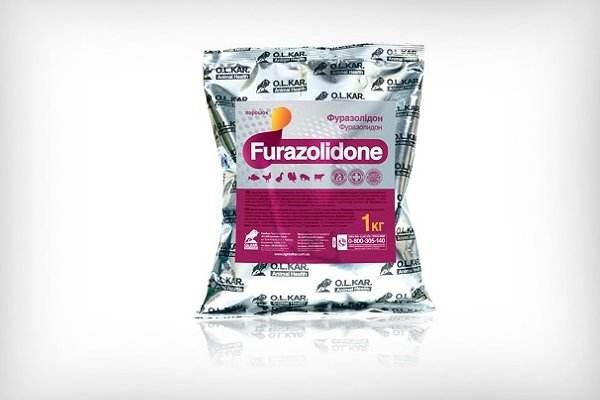

Trichopolus
It is considered an antiprotozoal agent with antimicrobial effect. Its active ingredient is the antibiotic metronidazole, which destroys the acid balance of bacteria and causes their death.
The drug does not cause disturbances in the work of the gastrointestinal tract, however, it also requires precise adherence to the dosage. In addition, it has long been used in medicine, so some pathogens may be resistant to it.
Trichopolum is very poorly soluble in water, so it is mixed with dry food. For prophylactic purposes, 20-25 mg of the substance is used per 1 kg of body weight. The course of admission is 5 days. It is repeated every 2 weeks until the young are 1.5 months old.
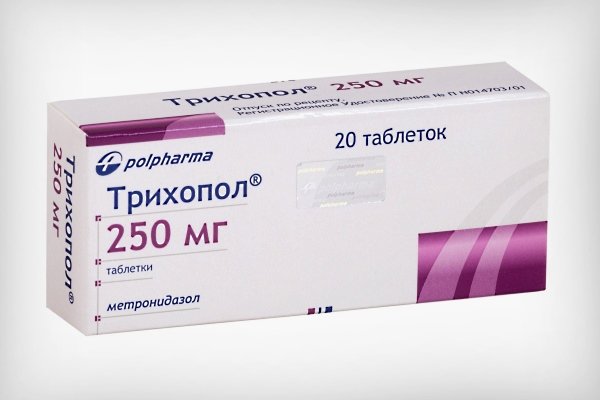

Enrofloxacin
A new generation broad-spectrum antibiotic that can be given from the 3rd day of a chicken's life. It is sold both in pure form and is part of other medicines:
- Enroflox;
- Baytrila;
- Enroxil.
Using these medicines, it is possible to prevent the development of many diseases, including salmonellosis, mycoplasmosis, pasteurellosis. The course of treatment is 5 days. Dissolve 1 mg of the substance in 1 liter of water.
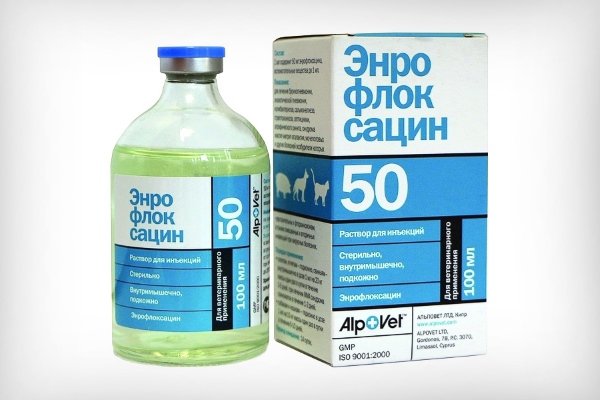

Tromexin
This broad-spectrum antibiotic is prohibited for laying hens, but recommended for broilers, since it does not harm their development in the future. It fights intestinal and respiratory diseases and is an excellent remedy for diarrhea.
The drug is used according to the following scheme:
- on the 1st day - a solution is prepared from 2 g of the substance and 1 liter of water, which is designed for 10 adults or 20 heads of young animals;
- in the next 2 days - the concentration of the drug is reduced to 1 g per 1 liter of water, the solution is designed for the same number of heads;
- take a break for 4 days and repeat the course again in the same sequence.
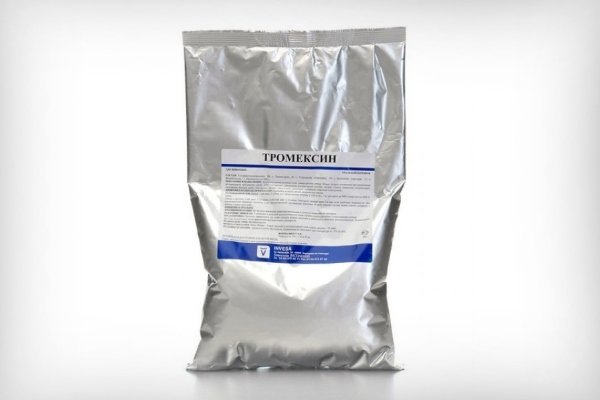

It is allowed to use the preparation with dry food. The dose remains the same, but the number of meals is increased up to three times.
Monlar 10% and Koktsisan 12%
The greatest danger to a young organism is coccidiosis, an infectious disease that affects the gastrointestinal tract. For its prevention, the following means are used:
- Monlar 10%... The active ingredient is the antibiotic monensin sodium, which is active against all types of coccidia. The drug is available in the form of a powder with a peculiar odor. Its color can range from yellowish brown to brown. The drug is insoluble in water, therefore it is given with feed. The dose for broiler chickens is 1000-1250 g per 1 ton of feed from the 1st day of life. Exclude it from the diet 5 days before slaughter.
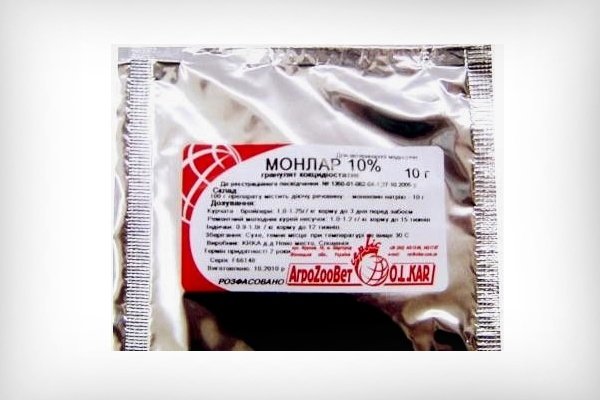

It is forbidden to give Monlar to laying hens and adult breeding birds. In parallel with it, it is not allowed to take Tiamulin, Erythromycin, Aleandomycin and sulfonamides.
- Koktsigard 12%... Specially formulated for the prevention and treatment of coccidiosis. It is poorly soluble in water, so it is also added to feed. A special measuring syringe is included in the package, which makes it easier to enter the required dosage. Be sure to make sure that the bird eats the entire portion of the feed with the medicine, otherwise there will be no therapeutic effect. The daily dose is 500 g per 1 ton of feed. Remove it from the diet 5 days before the slaughter of the bird.
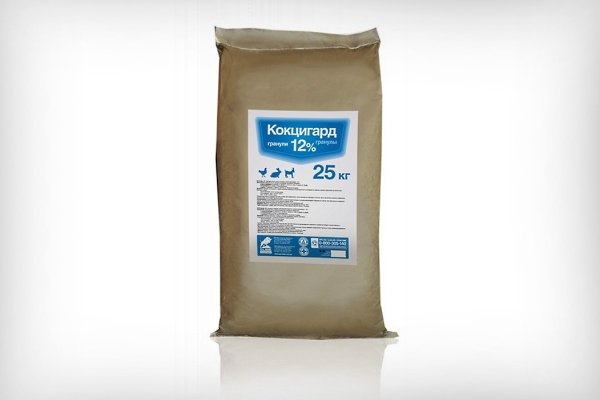

Application features
Antibiotics are used to suppress the activity of pathogenic bacteria. They often have to be used to treat chickens, since they do not tolerate infection with infectious pathologies.
To choose the right medicine, it is worth considering the following features:
- poultry weight - a lower dosage is used for the treatment of chickens;
- origin - the medicine must have a tendency to accumulate and at the same time completely leave the body;
- the condition of the chicken - for therapy and prevention, agents of varying degrees of effectiveness are used.
Popular antibiotics for laying hens
If for meat breeds the removal of antibiotics from the body does not play a major role, then for layers this is of great importance. The fact is that drugs accumulate not only in the body, but also in the eggs, which can make them unusable for food. So, for laying hens, medicines are selected with a faster excretion from the body.
Biomycin
It is a white powder that is diluted in water before use. It is administered intramuscularly or orally.
The antibiotic is often used not for prophylactic purposes, but as a growth stimulant for young animals. Experts note an acceleration of growth by 25% when the drug is added to the diet for 2 months. However, it also copes well with bacteria and some viruses.
Usually Biomycin is given in tandem with sulfa drugs, as they enhance each other's actions. When treating flu, mycoplasmosis, pullorosis or coccidiosis in layers, the powder is used in two ways:
- Administered by injection. A single dose is 2 mg of the substance per 2 ml of physiological solution. Injections are given to hens 3 times a day for a week.
- Give orally by dissolving 1 mg of the substance in 1 liter of water. The livestock is given medicine 3 times a day for 3-5 days.
A side effect is individual intolerance and intestinal upset.
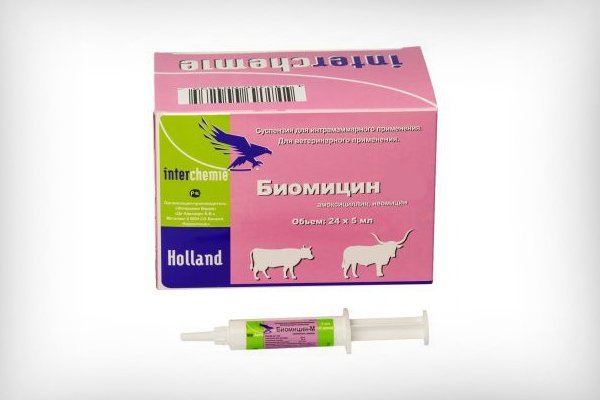

Sulfadimezin
The advantage of this drug is low toxicity, good absorption and few side effects (only individual intolerance). It is a yellow-white powder that is diluted in water and used to treat bacterial diseases:
- coccidiosis;
- salmonellosis;
- pasteurellosis;
- typhoid.
In addition, Sulfadimezin helps against diseases of the respiratory system:
- pneumonia;
- sore throats;
- laryngitis.
The most effective is the parallel administration of the drug intramuscularly and orally. The antibiotic is mixed with dry food (0.05 g per 1 kg of body weight) and given 2-3 times a day. The duration of the course is 4-6 days. A fresh portion is prepared before each meal.
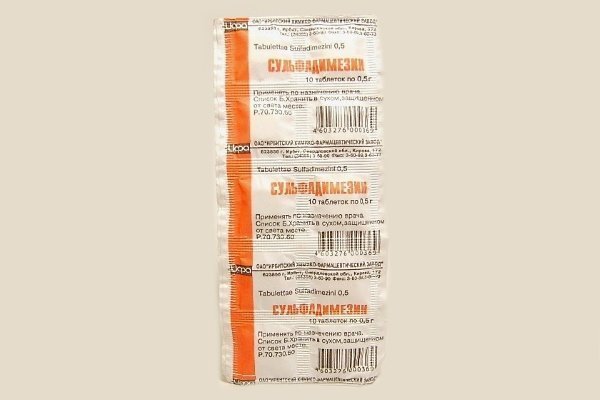

Chlortetracycline
Antibiotic of the tetracycline series in the form of a water-soluble yellow powder, which is used to stimulate the growth of females, prevent and treat such diseases:
- pneumonia;
- coccidiosis;
- colibacillosis;
- mycoplasmosis.
Experts note that some strains of Salmonella and Staphylococcus are immune to Chlortetracycline.
It is administered intramuscularly or orally. It should be borne in mind that the aqueous solution quickly decomposes under the influence of sunlight, so the medicine is not stored, but a new portion is made each time.
For intramuscular injection, the solution is prepared at the rate of 1 mg per 1 kg of weight. Layers are given 2 injections per day. For oral administration, take 40 mg per 1 kg of body weight. Drink 3 times a day for 7 days. If the symptoms of the disease have not gone away, the treatment is repeated after 3 days.
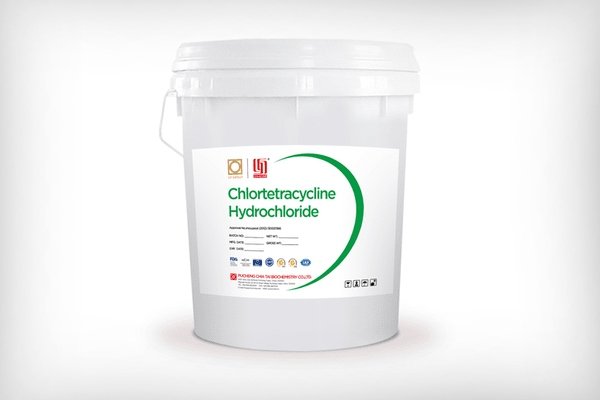

Reviews of fluoroquinolones
Owners of poultry farms also consider such preparations to be quite effective. "Oflosan", for example, according to farmers, helps against various infectious diseases of chickens very well. However, experienced owners of farmsteads recommend using this medicine only for broilers and chickens of meat breeds. This antibiotic is not recommended for laying hens. Oflosan is capable of accumulating in eggs, among other things. When preparing any dishes from them, people will also receive a large dose of medicine.
Farmers do not recommend combining Oflosan with most other types of antibiotics, including tetracycline and levomecitins. Such drugs interfere with the absorption of the active substance of this drug.
Combined antibiotics
Combined drugs are also used in the treatment of various diseases in chickens.
Avidox
This drug consists of two antibiotics - broad-spectrum doxycycline and colistin. Such a tandem doubles the effect of the drug - it destroys the cell membrane of bacteria and inhibits the synthesis of proteins of microorganisms.
It is produced in the form of a water-soluble white powder for oral use and is used to treat respiratory diseases that occur in a chronic form and are complicated by pasteurellosis, mycoplasmosis and colibacillosis.
The drug is added to the feed at the rate of 0.01 mg of the substance per 1 kg of feed.
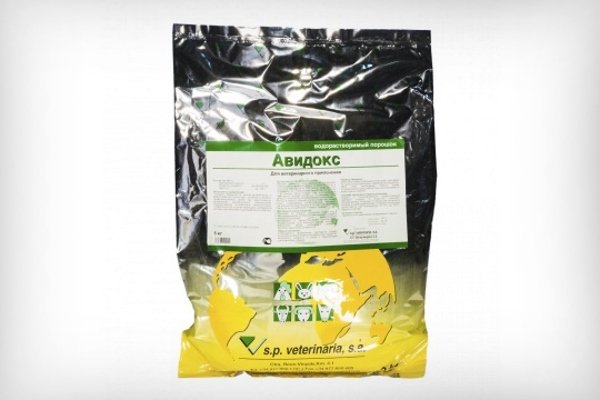

The medication is strictly prohibited for birds with kidney disease and hypersensitivity to tetracycline antibiotics.
Dithrim
A complex systemic antibiotic that has a broad antimicrobial effect. It contains two active substances - sulfadimezin and trimethoprim. The drug is available in the following form:
- oral suspensions;
- solution of light yellow or light brown color for injection.
It has low toxicity, therefore, if the recommended dosage is observed, it does not have a negative effect on the bird's body. At the same time, the antibiotic effectively fights against gram-positive and gram-negative microorganisms and bacteria, including Escherichia coli, streptococci, staphylococci. In addition, it acts on the causative agents of brucellosis, pasteurellosis.
Dilute it in water (1 ml of medicine per 1 liter of water) and drink the chickens for 3-5 days.In the acute course of infections of bacterial or viral origin, the drug is administered 2 times a day after 12-13 hours. The course lasts until the birds are fully recovered, but it should not exceed more than 8 days.
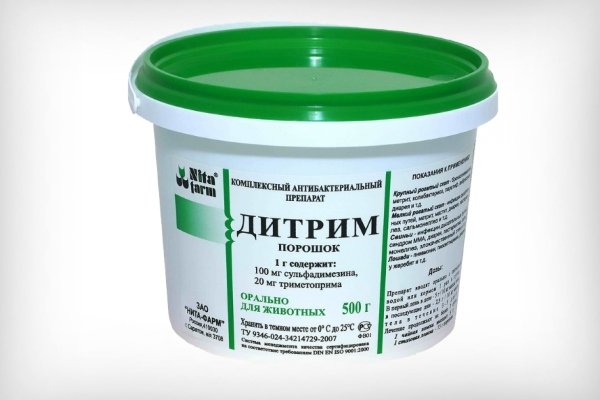

It is forbidden to give this antibiotic to birds with chronic kidney and liver diseases, as well as with individual intolerance. In rare cases, drowsiness, bowel disorders, allergies, and depression are noted. In case of an overdose, there are violations of the kidneys and the gastrointestinal tract.
Doreen
Another combined antibiotic that contains rifampicin and doxycycline. It is produced in the form of a brick-red powder and is used to prepare a solution for injection. It is prescribed for treatment:
- colibacillosis;
- salmonellosis;
- gastroenteritis;
- respiratory and other diseases of bacterial origin, the causative agents of which are sensitive to the components of the drug.
The solution is injected intramuscularly once every 24 hours for 3-7 days. The dosage is 5-10 mg of the substance (depending on the age of the bird) per 1 kg of live weight. If one or more doses are missed, treatment is restarted according to the scheme.
The powder is previously dissolved in water for injection or sodium chloride solution. If the bird is hypersensitive to the drug, treatment is stopped immediately.
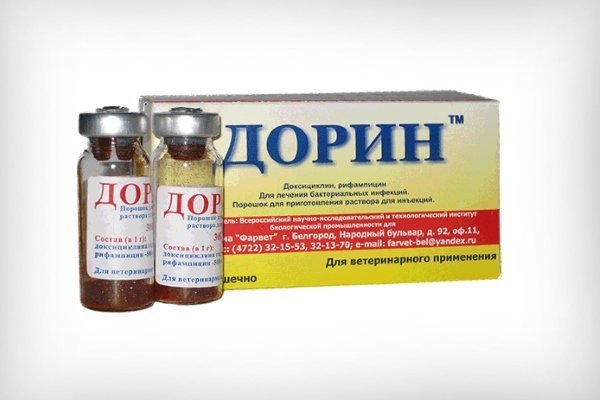

It is forbidden to use Doreen at the same time with iron-containing medicines and salts of aluminum, calcium, magnesium, since their interaction can lead to the formation of sparingly soluble substances.
Reviews of farmers about tetracycline drugs
Such funds help, according to the owners of household farms, chickens with various kinds of infectious diseases are actually very good. Of course, sometimes it is not possible to keep the livestock completely with such serious pathologies. But still, most of the bird recovers when using tetracycline drugs. Treatment of chickens with antibiotics of this series is often effective.
In particular, farmers praise the drug "Biovit-80" belonging to this group of antibiotics. This medicine not only contributes to the recovery of the bird, but also increases its productivity. Chickens taking this drug lay even, large eggs with high-quality shells.
Farmers include the unconditional advantages of tetracycline agents, including the fact that they can be used specifically for laying hens. Antibiotics of this group do not accumulate in eggs in too large quantities.
Antibiotics for the treatment of various diseases
As mentioned above, not all drugs are effective against certain pathogens. So, let's take a closer look at which drugs are best used in the treatment of various pathologies.
It is important to know the symptoms of other common chicken diseases in order to be able to distinguish one ailment from another. Read the article about various diseases of chickens here.
Salmonellosis
One of the most dangerous diseases that is widespread among poultry. It is strictly forbidden to eat the meat of sick individuals.
For treatment, veterinarians often prescribe Baytril and give it according to the following scheme:
- 1 day - 50 ml of the drug is dissolved in 100 l of water and administered once a day;
- 2nd day - 100 ml of the drug is dissolved in 100 l of water, the young are injected 2 times a day;
- 3rd day - 200 ml of the antibiotic is diluted in the same volume of water and the chickens are watered every 6 hours;
- 4th day - the solution is prepared from 400 ml of the substance and 100 ml of water, they are given to the birds every 3 hours;
- the scheme is repeated after the 4th day.
The course of treatment lasts 5 days or more.
Pathology can be treated with Enroflon. In this case, take 5-10 mg of the substance per 1 kg of weight and solder the bird for 3-5 days.
Coccidiosis
Sick birds should be quarantined before antibiotics are given to chickens. Treatment is carried out:
- Baycox;
- Coccisan 12%;
- Furazolidone.
It should be remembered that the pathogen quickly gets used to one drug and develops immunity to it. So, in the treatment and prevention of coccidiosis, antibiotics are changed once every 1-2 years.
In the video below, the breeder shares his experience in treating coccidiosis with antibiotics:
Preference is usually given to water-soluble representatives, since the sick individual refuses to eat, but drinks greedily.
Chicken typhus or pullorosis
Both adults and newborn chickens are susceptible to disease. Treatment of typhoid is effective with the parallel use of Biomycin and Furazolidone.
Pasteurellosis or chicken cholera
The most effective drug for the pathogen is Sulfamethazine. The solution is prepared at the rate of 1 g per 1 liter of water and sick individuals are drunk for 3 days. On the following days, the dosage is reduced by 2 times - up to 0.5 g per 1 liter.
Colibacillosis
This viral disease is characterized by rapid development and can cause massive mortality in the chicken population. Chickens-broilers and representatives of meat breeds are especially susceptible to it.
As soon as the first symptoms of pathology became noticeable, treatment with such antibiotics immediately begins:
- Synthomycin;
- Biomycin;
- Furacilin (Furazidin).
The best effect in the fight against colibacillosis is achieved by combining the above drugs. At the same time, the most popular are the following tools:
- Synthomycin... The strongest antibiotic with a wide spectrum of action. It is produced in the form of a white powder with a bitter taste. It is difficult to dissolve in water, so it is added to dry food. For one individual take 5-6 mg of the drug. Leftover antibiotic food is not recommended to be left over the next day. The course is 5-6 days. The drug is contraindicated in birds with kidney and liver diseases, with sensitivity to chloramphenicol and inhibition of hematopoiesis.
- Furazidine... Domestic veterinary drug with an effective antimicrobial effect. It is produced in the form of a yellow powder, poorly soluble in water. It is stable - it does not lose its properties when dissolved in boiling water. This is the least toxic drug. It is fed 2 times a day, 2-3 mg per individual, after mixing it with food. The duration of the course is 5-7 days.
Desoldering scheme
Drinking small chickens by adding antibiotics and vitamins to the drinking water has a number of advantages:
- Does not require high labor costs.
- Provides processing of all livestock. Even in the absence of appetite, the bird will drink.
- Vitamins and antimicrobial agents are in the best form for assimilation - an aqueous solution.
Before you drink chickens, it is imperative to study the instructions for use of a particular drug. Most of the medicines are designed for a daily change of drinking water.
There is no single scheme for drinking vitamin preparations and antibiotic agents for the prevention of diseases in chickens in the first days of life. The only limitation is the inability to use products - eggs or poultry meat for some time after their treatment. In order to protect day-old chicks in the first days of life from diseases against which antibiotics are powerless, you should purchase factory-made starter feed, which contains coccidiostatics.
Compound feed
There are the following approaches to soldering chickens:
- The first week of life, vitamins and glucose or sugar are added to drinking water. From eight days of age, antibiotics are used for chickens for 3-5 days.
- We give antibiotics from the 1st to the 5th day of life. On days 6-11 - complex vitamin preparations. On the 15-17th day, fortification is repeated. From the 18th to the 22nd day, these antimicrobial agents are again drunk. If the starting compound feed does not contain a coccidiostatic, Baycox is soldered on the 12-14th day.
- Alternative drinking scheme. The following medicines are added to 1 liter of drinking water for chickens:
- On the first day, a vitamin complex is drunk with the addition of 20 g of glucose.
- On the second day, 500 mg of the antibiotic Tetracycline is dissolved in drinking water for broiler chickens.
- On days 3-4, the previous solution is enriched with the same amount of Levomycetin. Alternatively, they drink Penicillin for all three days.
- On the 5-8th day, complex vitamin preparations are used again.
- To strengthen the skeleton at home, traditional veterinary medicine recommends giving crushed calcium gluconate tablets to broiler chickens. The term of mineralization is 5–45 days of life. Such treatment does not harm the health of broilers, but it leads to an increase in the cost of meat.
Tetravit
How to mitigate the negative effects of antibiotic treatment?
After treatment or prophylaxis with antibiotics, the bird needs to cleanse the body of the accumulated drug. There are several ways to speed up this process:
- Drink plenty of fluids - there should always be fresh clean water in the sippy cup.
- Restoration of intestinal microflora - birds are given special preparations, and fermented milk products (cottage cheese, fermented baked milk, kefir) are introduced into the diet of young animals.
- Fresh air and plant food - during the warm season, birds should be outdoors as long as possible. So they can eat green grass, which is a source of vitamins. If the treatment took place in the autumn-winter period, instead of herbs, they give fresh vegetables - carrots and white cabbage.
- Introduction to the diet of mineral and vitamin complexes and protein foods - inert and meat and bone meal.
Many farmers oppose the use of antibiotics in poultry production, but there are times when they cannot be avoided. The main thing is to choose the right drug, observe its dosage and do not forget that it takes time to remove drugs from the bird's body.
0
Tips for cleansing the bird's body of drugs
Antibiotics are naturally eliminated from the body of chickens. But in the case of early slaughter or eggs, it is desirable that the medicine comes out as soon as possible. There are some great tips.
To restore the microflora of the digestive tract of poultry, probiotics are added to food, and sour milk is also given: cottage cheese, yogurt, fermented baked milk.
Also, the diet of chickens is enriched with fresh herbs, fruits and vegetables.
Drinking bowls should always contain clean liquid.
Birds are provided with walks in the fresh air.
Often, antibiotics are rarely added to the diet of chickens raised on a private farm. Unlike the menu of birds kept in poultry farms.
